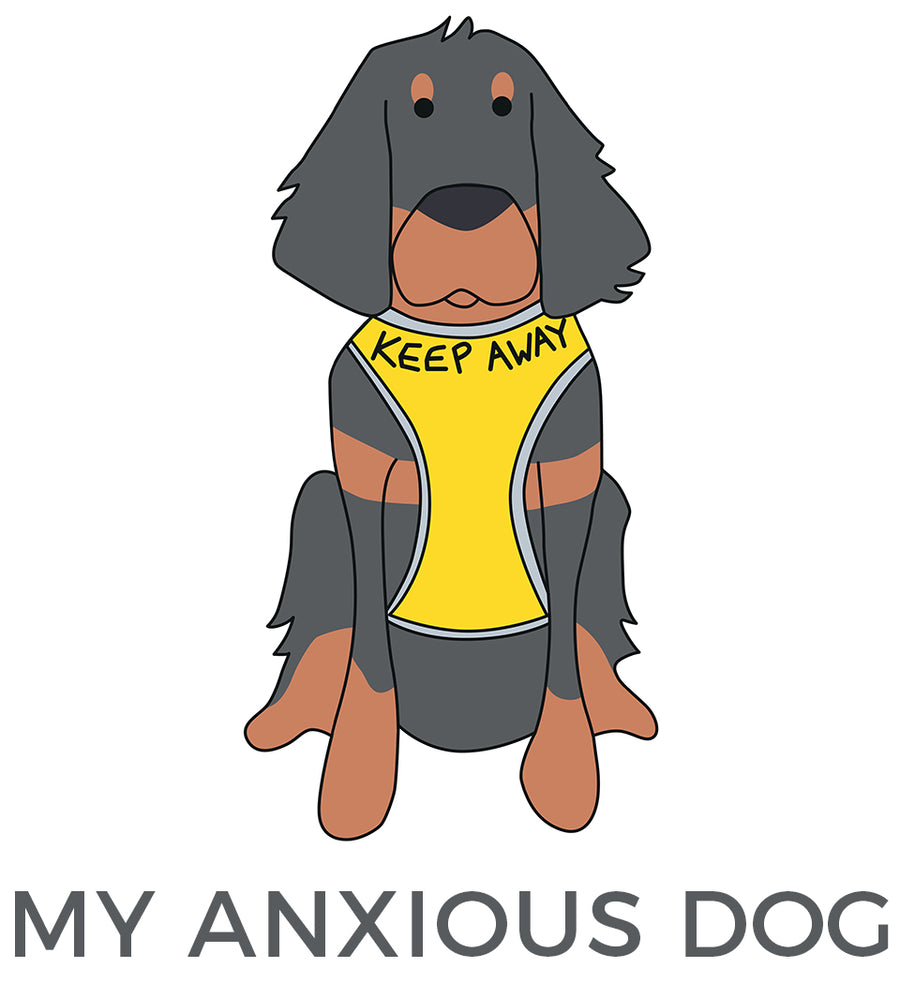The tail is a very important part of a dog’s anatomy for both balance and communication. We all know that a wagging tail is the sign of a happy or excited dog but there are many subtleties in the movement of a tail that can make its meaning tricky to decode. As dog lovers many of us like to think we have a deep understanding of our pets and their emotions. Owning an anxious or reactive dog this then becomes a problem as many people can not read our dogs body language correctly.
Possibly one of the most common misconceptions about dogs and their tails is that a wagging tail always means that they’re happy.
A tail that’s whirling round like a helicopter or thrashing from side to side complete with bottom wiggle can usually be interpreted as a dog being happy, friendly and eager to engage. However, other less obvious movements could mean very different things.
- Anxious dogs sometimes wag their tails as a gesture of appeasement
- A low wag between the legs can indicate nervousness or lack of confidence
- A wag that’s accompanied by barking and staring eyes is defensive. This dog should be given space
- A high, slow wag can mean that a dog is assessing a situation
- An aroused dog might hold his tail high in the air to advertise his presence and allow the scent from his anal glands to reach a wider audience
- A tail that’s extended and curved is likely to indicate that a dog is tense and could take defensive action if provoked
In 2013, Giorgio Vallortigara, a neuroscientist at the University of Trieste Center for Mind/Brain Sciences at the University of Trento, found dogs had a different emotional response depending on the direction of a tail wag. By observing canine interactions while monitoring heart rates, researchers found that seeing another dog swing its tail to the right kept them relaxed but seeing a fellow canine wagging to the left seemed to induce stress.
It’s believed that the direction of wag and other dogs’ responses to it are rooted in the different hemispheres of the brain. Just as the right and left sides of the human brain are thought to control different emotions and behaviours, so too are a dog’s and this is expressed through their tail.
If your dog’s tail is wagging and you’re not sure why, look for other clues in their body language to interpret their behaviour, rather than relying on a waggy tail alone.
A dog’s tail is an extension of his spine. It helps them to centre while they run, and can also serve as a rudder when they swim. If a dog is sprinting and makes a tight turn, the tail serves as a counterweight to keep them from stumbling. Tails are important communication tools.
The position of the tail also determines how much scent a dog releases from the anal glands located at the base of the tail. With each wag, the dog’s muscles contract around these glands, which contain pheromones (a communication chemical). While humans usually cannot detect the scent of these pheromones, other dogs easily catch the odour. A dominant dog holding his tail stiff and high releases more scent than a submissive dog that has tucked his tail under, covering the anal glands.
Learning how to speak “tail wag” can be complex, but the most important thing to remember is that just because a dog is wagging their tail, it does not necessarily mean they want attention or be touched.
Dogs wearing yellow need space.
Sometimes the world’s a little scary for them and a little distance goes a long way.

